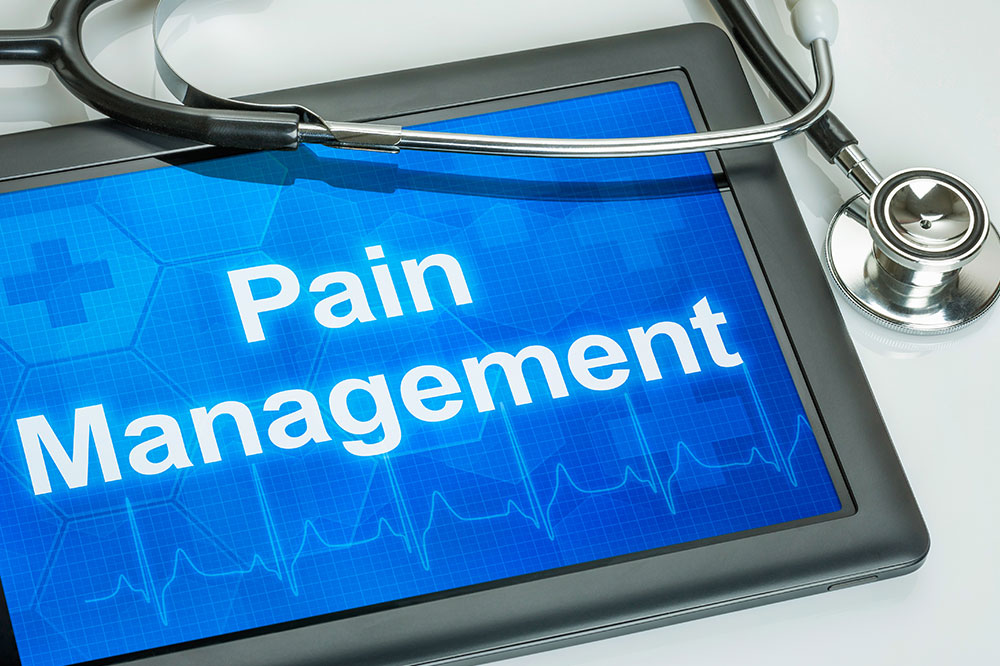Complete Guide to Pain Management and Relief Medications
This comprehensive guide explores various pain relief methods, including over-the-counter options, topical medications, and prescription drugs. It highlights their uses, benefits, and potential side effects, along with alternative therapies like TENS and physical therapy. Tailored pain management strategies are essential for improving quality of life for those suffering from acute or chronic pain, emphasizing the importance of consulting healthcare professionals for personalized treatment plans.

Comprehensive Approaches for Managing Different Types of Pain
Pain is a complex sensory experience that signifies discomfort, distress, or suffering caused by various factors such as injury, illness, or chronic conditions. It can vary widely in intensity and duration, ranging from mild aches to sharp, stabbing pains, or persistent throbbing sensations. Pain not only affects physical health but also impacts mental well-being and daily life activities, making effective management and treatment an essential component of healthcare.
Understanding the different options available for pain relief is crucial for appropriate treatment. These include over-the-counter remedies, topical medications, prescription drugs, and alternative therapies. Each category offers specific advantages and considerations, depending on the type, severity, and cause of pain.
Over-the-Counter Pain Medications: Accessibility and Efficacy
OTC pain relievers are often the first line of defense against mild to moderate pain. Commonly used medications include Acetaminophen, known by brand names like Tylenol, and Nonsteroidal Anti-Inflammatory Drugs (NSAIDs) like Ibuprofen and Naproxen. These medications are widely available without a prescription and are generally effective in reducing pain and fever.
NSAIDs work by inhibiting the production of prostaglandins, hormone-like substances involved in inflammation, pain, and fever. By decreasing prostaglandin synthesis, NSAIDs help reduce tissue swelling, muscle soreness, and joint pain. Acetaminophen primarily targets pain signals in the brain, offering relief without significant anti-inflammatory effects. However, excessive or prolonged use of NSAIDs can lead to gastrointestinal issues such as stomach ulcers, bleeding, and, in some cases, increased risks of cardiovascular events like strokes and heart attacks. Therefore, careful use and adherence to dosing instructions are essential.
Topical Pain Relief Products: Targeted and Convenient
For localized discomfort such as muscle strains, joint aches, or inflammation, topical medications are highly effective. These include creams, gels, sprays, and lotions that are applied directly to the skin over the affected area. They offer localized pain relief with minimal systemic absorption, reducing the risk of side effects associated with oral medications.
Popular topical options include capsaicin creams which deplete nerve chemicals involved in transmitting pain signals, and lidocaine patches or creams that numb nerve endings temporarily. These are particularly useful for minor injuries, arthritis-related pain, or nerve pain. Their ease of application makes them suitable for management of episodic pain or as adjuvants alongside other therapies.
While OTC topical medicines can be effective for mild to moderate discomforts, persistent or severe pain may require stronger, prescription-based interventions. Always consult with a healthcare professional for proper diagnosis and treatment planning.
Prescription Pain Medications: Advanced and Specialized Options
When pain becomes severe or chronic, healthcare providers often prescribe specialized medications tailored to specific conditions. These fall into several categories, each with unique benefits and considerations:
Corticosteroids - These potent anti-inflammatory drugs can be administered orally or through injections. They effectively reduce swelling and pain associated with conditions such as rheumatoid arthritis, allergic reactions, or chronic inflammation. However, long-term use may carry risks such as weight gain, osteoporosis, increased blood sugar levels, and weakened bones, so medical supervision is essential.
Opioids - Powerful narcotics including Morphine, Oxycodone, and Fentanyl are reserved for severe, acute pain scenarios such as post-surgical recovery or cancer pain. While they are highly effective at pain suppression, opioids pose significant risks of dependence, addiction, and side effects like sedation, nausea, constipation, and respiratory depression. Because of these risks, their prescription is usually limited to short-term use under strict medical guidance.
Antidepressants - Certain antidepressants, including amitriptyline and duloxetine, are beneficial for managing chronic pain syndromes like fibromyalgia, migraines, and nerve pain. Besides modulating mood, they influence pain pathways, reducing the perception of pain and associated emotional distress. Common side effects include dry mouth, fatigue, and dizziness but are generally manageable.
Anticonvulsants - Originally developed to treat epilepsy, anticonvulsants such as Gabapentin and Pregabalin are now frequently prescribed for nerve-related pain. They help stabilize nerve activity, alleviating conditions like diabetic neuropathy or post-herpetic neuralgia. Side effects are usually mild but may include drowsiness, dizziness, or coordination problems.
Additional Pain Management Techniques and Therapies
Beyond medications, several alternative and adjunct therapies can help manage pain more effectively:
Lidocaine Patches and Topical Numbing Agents - These deliver localized numbing effects, providing temporary relief for specific pain points, especially useful in neuropathic pain conditions.
Transcutaneous Electrical Nerve Stimulation (TENS) - This therapy involves sending low-voltage electrical impulses through electrodes placed on or near the painful area. The electrical signals interfere with pain signals traveling to the brain, providing relief for chronic musculoskeletal or nerve pain.
Physical Therapy and Rehabilitation - Targeted exercises, manual therapy, and ergonomic training can alleviate pain, improve function, and prevent recurrence.
Psychological Approaches - Techniques like cognitive-behavioral therapy (CBT) can help patients develop coping strategies, reducing emotional suffering related to chronic pain.
Consultation with healthcare professionals, such as pain specialists, neurologists, or physiatrists, is vital to develop a comprehensive pain management plan tailored to individual needs. Personalized therapy combining medications and non-drug interventions can significantly enhance quality of life.
If you experience ongoing or severe pain, seeking medical advice promptly ensures proper diagnosis and effective treatment options, leading to better management outcomes and improved well-being.





